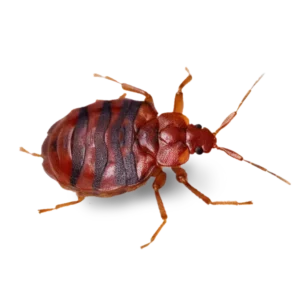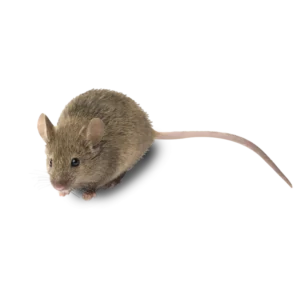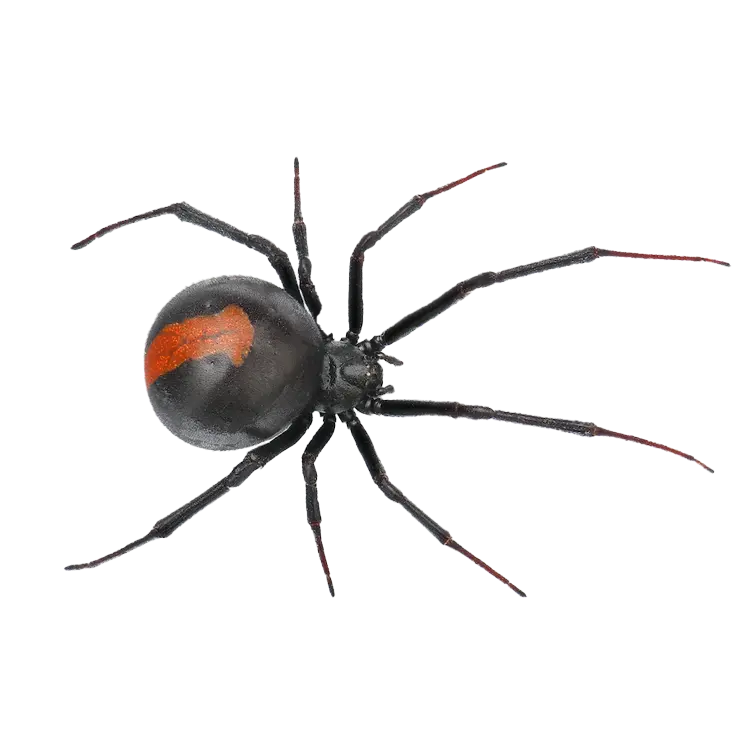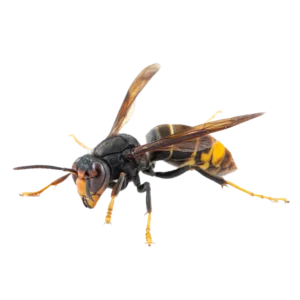The Dalles Bed Bug Control
It’s kind of hard to sleep when there are creepy crawlies all over you biting you in the middle of the night. These tiny creatures leave characteristic bites in lines of three on your skin. They draw your blood and then creep back into the crevices from whence they came. They can be a real pain to get rid of.
The Dalles bed bug exterminators at Pointe Pest Control understand how important your sleep is to your sanity. We can safely and efficiently get rid of the bed bugs infesting your home and help you get the healthy natural sleep that you deserve. Give us a call or contact us online to set up an appointment today.
Understanding Bed Bug Treatments
There are a number of techniques that professional exterminators use and then there are some that you can buy at the store or online that purport to provide the same service. They don’t. Professional pest control experts are well versed in the use of the pesticides that we use. The pesticides are often no better for humans than they are for you. Natural methods of extermination aren’t necessarily safe either. There are plenty of natural things that will kill you.
Pesticides are complex neurotoxins that target bugs. Since bugs are small, amounts that would not be fatal to humans are fatal to bugs. That doesn’t mean that they can’t make you sick. Additionally, these treatments have to be applied correctly in order to work. That’s not easy either. Even professionals will spray more than once to ensure the infestation has been eradicated.
Whole Room Heat Treatments
One of the major problems with bed bugs is that they seem to keep coming back. Even a thorough spray won’t be effective against the eggs. There is one treatment, however, that can kill both the adult bed bugs and the eggs all in one go. That’s whole room heat treatments. Whole room heat treatments raise the temperature in the room between 135°F and 145°F which kill the bedbugs and their eggs at the same time. The process takes between 6 and 8 hours to finish and you will need to ensure that the room is prepared. You don’t want anything in there that could potentially melt or otherwise be destroyed by the intense heat.
One potential downside is that the bed bugs, sensing the potentially deadly heat, will scamper into the cracks and crevices in your home or out of the room. We can seal off the room to the extent possible but we will usually use dust pesticide in order to make sure that those that attempt to flee are killed in the process. Rooms that are not treated with heat will need to be treated with pesticides.
Insecticide Treatment for Bed Bugs
Insecticide treatments (when employed by professionals) are effective. I’m sure that you’ve seen advertisements for DIY bed bug insecticides. You can buy these for twenty bucks and then spray something, but the bed bugs won’t be gone. The insecticide may kill some of the bed bugs, but they won’t kill all of them. Even when they kill off the majority of the bugs, that wouldn’t be enough to eradicate the infestation.
Professional bed bug exterminators use three different insecticides to get rid of a bed bug infestation. The first is a quick-acting insecticide that kills the bed bugs on contact. The second is a residual agent that will kill those left behind. The last is a powdered insecticide that is used to get into cracks and crevices such as electrical outlets.
The insecticide treatments may be employed alongside heat treatments. The sense of using a residual insecticide is to kill the eggs once they hatch. It is notoriously difficult to kill bed bugs when they’re still in their eggs. The best way to get at them is to leave an insecticide behind that kills them when they’re ready to come out.
You simply cannot buy that complete service at a store.












